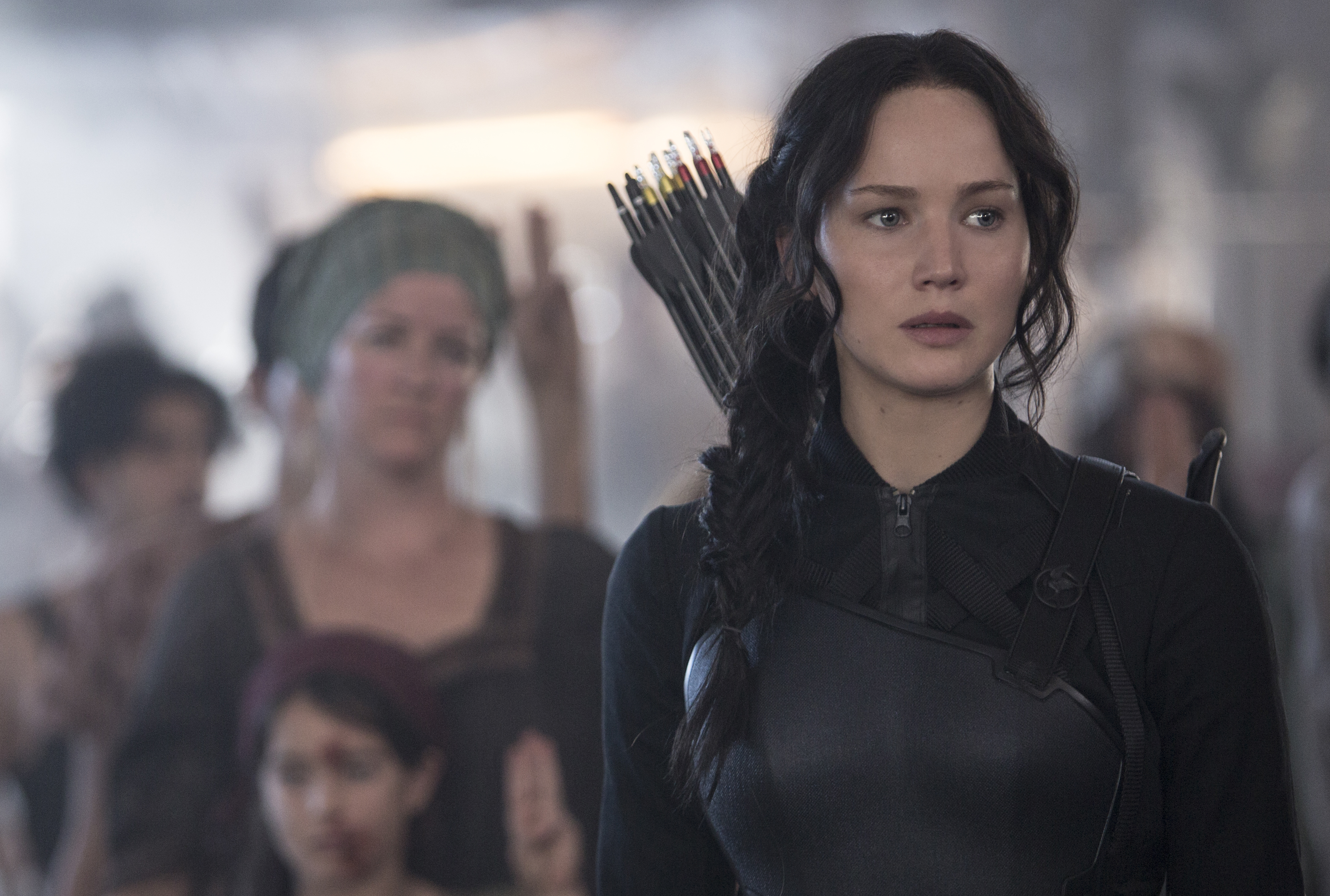At the risk of confirming every reader’s prejudices: Nothing pleases a critic more than having something to criticize. The opening performance of Pacific Northwest Ballet’s new season abounded gloriously in grounds for criticism, precisely because the baseline of accomplishment was so astonishingly high that any deviation from perfection stood out in high relief.
By beginning the evening of “Director’s Choices” with Jerome Robbins’ In the Night, PNB’s new artistic director, Peter Boal, set himself and his company an impossibly high standard of achievement for the evening. Limpid, dignified, utterly transparent, these three duets to Chopin nocturnes assert nothing and achieve all. The opening couple (Noelani Pantastico and Olivier Wevers on Thursday) already know they belong to each other; their movements offer a rapt exploration of their own delicious complementarity. Couple two (Patricia Barker and Jeffrey Stanton) have it a little tougher. She’s very much on display, like a queen taking the dance floor before an audience of subjects, and he has the task of enhancing her self-conscious dignity while persuading her to forget them and concentrate on him.
The woman in couple three is playing to an audience of one—herself. She knows she wants to give in utterly to her cavalier, but first she has to rehearse all her arguments for resisting. Louise Nadeau’s performance goes right up to the edge of silent-movie acting but never tips over. She’s fraught, funny, and utterly endearing, so when she utterly (so utterly) gives in to him, you want to cheer for Christophe Maraval, not least for his patience in putting up with the delightful little chit’s airs and vapors. The final return of all three couples in a quiet rapture of mutual recognition and fulfillment fills the auditorium with something like universal love.
After far too long an intermission, the company returned with William Forsythe’s Artifact II. It is not a likable piece—it doesn’t want to be. Most of the dancers (27 in the chorus) are used as stiffly gesticulating palisades as emotionally expressive as a wind farm, while the two principal couples are treated like complicated but interchangeable wind-up devices; the recorded music (the chaconne from Bach’s Partita in D minor for solo violin) is amplified to just under the threshold of pain; the black show curtain drops at intervals with an affected, unmotivated thud. Watching it from a different seat on Saturday, I began to glimpse pattern and logic in the intricate movement, and found myself looking forward to a third encounter. But I don’t think I’m ever going to warm up to those costumes—mustard is just about my least favorite color.
After barely a minute to relax, we were introduced to another world, one as agreeable and lucid as Artifact II‘s is oppressive and congested. Duo Concertant shows George Balanchine drawing inspiration from Robbins, who in works as different as The Rehearsal (Afternoon of a Faun) and Dances at a Gathering made the musical and social community of ballet into a subtext for the movement. Dancing couple Louise Nadeau and Le Yin’s transitions from just listening to the onstage musical duo (Marjorie Kransberg-Talvi and Allan Dameron) to just dancing are still a little self-conscious, and the sportive and transcendent halves of their steps seem drawn from different worlds. But when they are finally transported, they are transporting.
As a finale, the Stravinsky-Balanchine Symphony in Three Movements was just a little too much of a very good thing. The three lead couples were strong and stylish, with Casey Herd really outstanding in the effortlessly athletic role originally set on the legendary Edward Villella, and the five secondary couples were almost as solid as a counterweight. But the corps, 16 ponytailed girls in white, looks more like cheerleaders warming up before the game than the stainless-steel Amazons the work demands. But young female dancers who’ve spent their careers learning to be weightless can’t be expected to have the pounding gravity needed on a first attempt. Finally, Balanchine’s taste often deserted him when it came to costumes. In my opinion, the 1940s-one-piece bathing suits in Froot Loop colors on the principal women are grossly unflattering to their wearers and should be replaced as soon as possible. Tomorrow would not be too soon. All petty criticisms aside, though, we have to recognize that this concert is a first step—and it’s a mighty big one.








